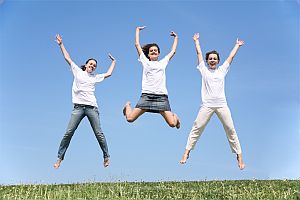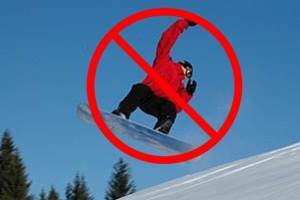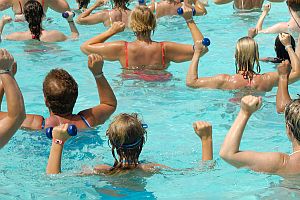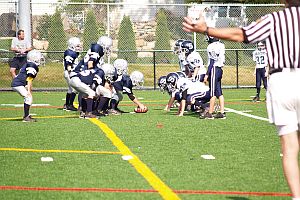Do Ergonomic Snow Shovels Really Make a Difference?
 While it seems like such a commonplace activity, shoveling snow is notorious for being one of the most dangerous things you can do in the winter. The physical exertion it involves, coupled with cold temperatures, can put excessive strain on both your heart and back. Nearly 200,000 Americans were treated in emergency rooms for conditions related to snow shoveling between 1990 and 2006.
While it seems like such a commonplace activity, shoveling snow is notorious for being one of the most dangerous things you can do in the winter. The physical exertion it involves, coupled with cold temperatures, can put excessive strain on both your heart and back. Nearly 200,000 Americans were treated in emergency rooms for conditions related to snow shoveling between 1990 and 2006.
Dr. Randy Zusman, director of the hypertension program at Massachusetts General Hospital’s Heart Center, says “Lifting heavy snow is like heavy weight lifting. It puts a strain on the heart, and the blood pressure and heart rate go up in response to it.” In addition, having cold hands contributes to excess strain on the heart. Zusman says “most people don’t realize that when their hands get cold, it causes blood vessels in the heart to constrict and reduce the blood supply to their heart. I always tell people to invest in the best pair of gloves they can afford and remember to be all buttoned up before going outside.”
Of course, even if you have a strong heart, your back can still take a beating while shoveling snow. Some tout the use of ergonomic shovels as a way of reducing the risk of back injury. But do they really make any difference? Well, it seems to depend on what kind of shoveling you’re doing. Ideally, you need two shovels: one for pushing the snow, and one for lifting it.
Snow shovels with those funny-looking bent shafts are theoretically intended to help keep you from bending over when you lift a load of snow, and they’re supposed to be better for pushing snow out of the way. But the handles of most of these types of shovels tend to be too short, so you still have to bend over to get leverage for lifting. In addition, the bent handle makes the level of the scoop lower than in a straight-handled shovel, meaning your forward hand has to lift the load higher than it would otherwise. It’s also more difficult to throw snow off to the side when the shaft is bent.
A Canadian study found that the “ergonomic” shovel was not significantly better for your back than a conventional shovel taking all these factors into account. The researchers also found that both shovels strained different upper arm muscles. Your best bet is to find a lightweight shovel that is still sturdy (with an aluminum shaft, for example), rigid, and has a straight shaft that is long enough to keep you from bending over while pushing snow. This will allow you to exert the least amount of force with each movement.
Shoveling technique matters, too—probably more than the design of the shovel itself! The best way to shovel is to do it like you are advised to lift anything heavy: Bend at the knees, keeping your back as vertical as possible, and then lift with your thighs. In additional, follow these other tips to help reduce the risk of injury while shoveling snow:
- Make sure your feet are firmly planted and place one hand as close to the scoop as possible while lifting.
- Shovel only small amounts of snow and don’t throw it over your shoulder, as this type of loaded twisting can injure your back.
- Take breaks frequently and remember to drink plenty of fluids (except for coffee, which increases your heart rate), as you can become dehydrated even in the cold.
If you’ve got preexisting heart or back problems, shoveling snow is something you should probably avoid doing at all if there are other alternatives available. Ideally, you could use a snow blower or pay a neighborhood kid a few dollars to shovel for you.
Remember—shoveling snow can be hard work. Whatever type of shovel you decide to use, some common-sense precautions can go a long way toward preventing injuries!








